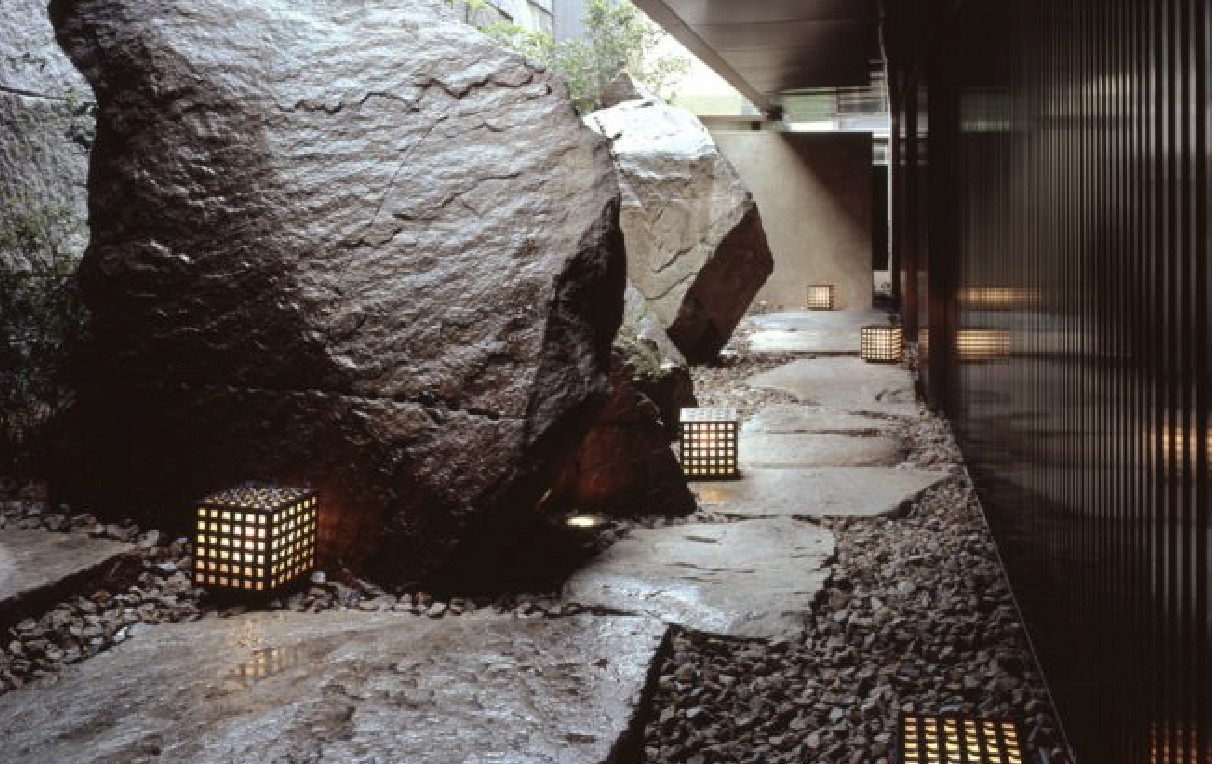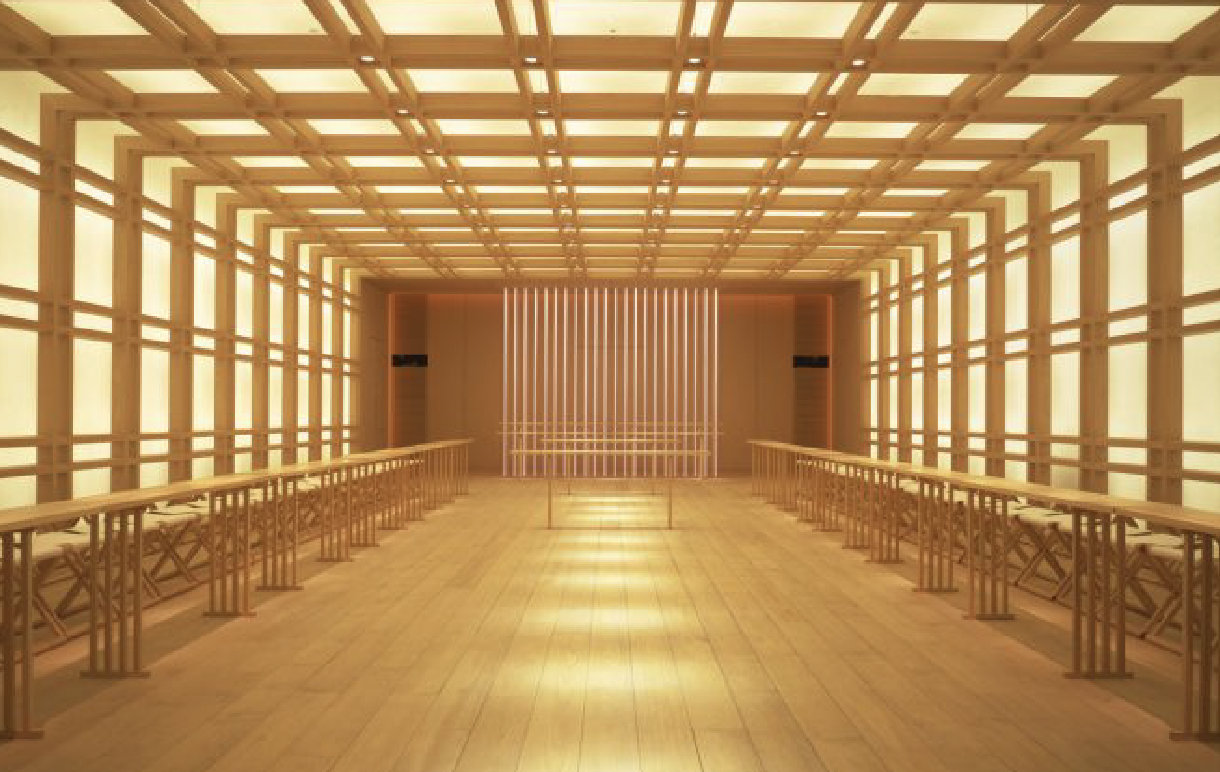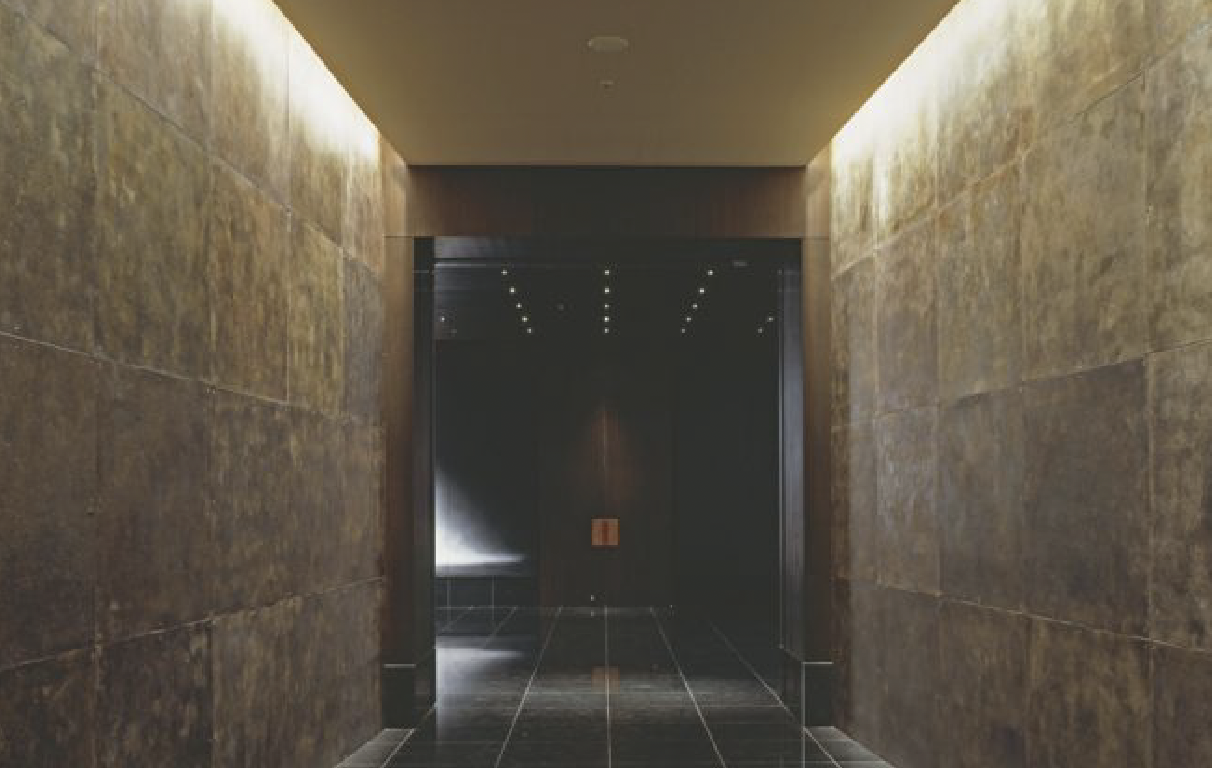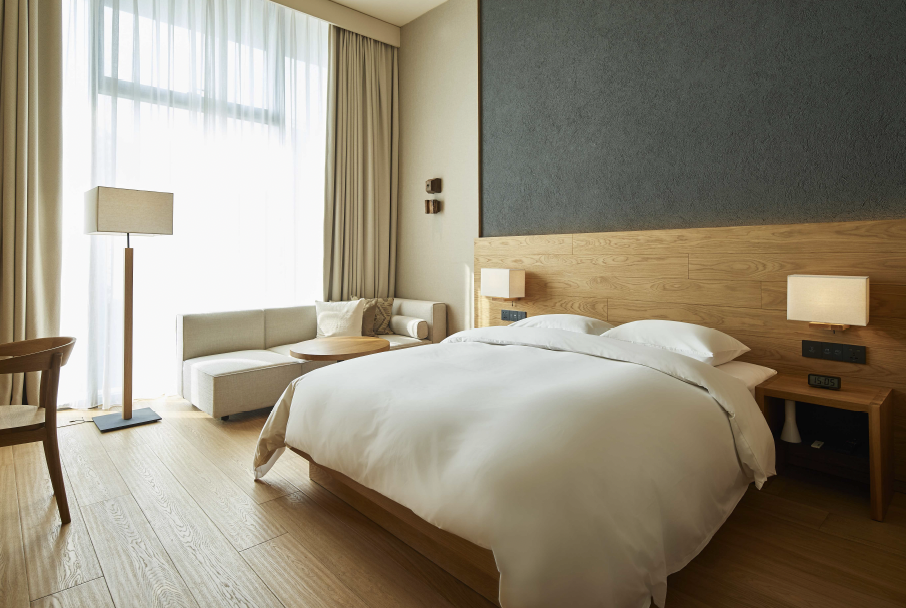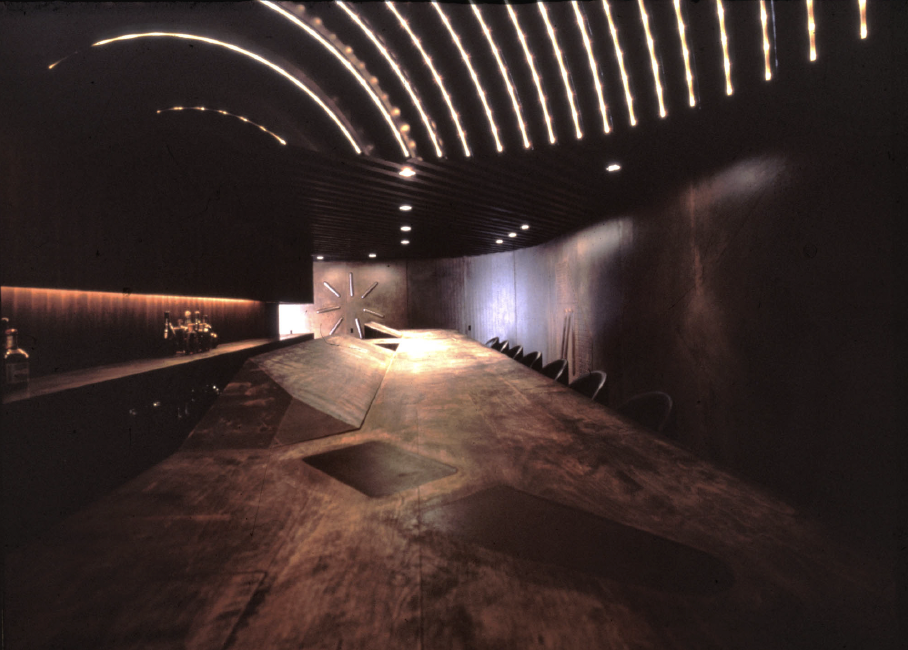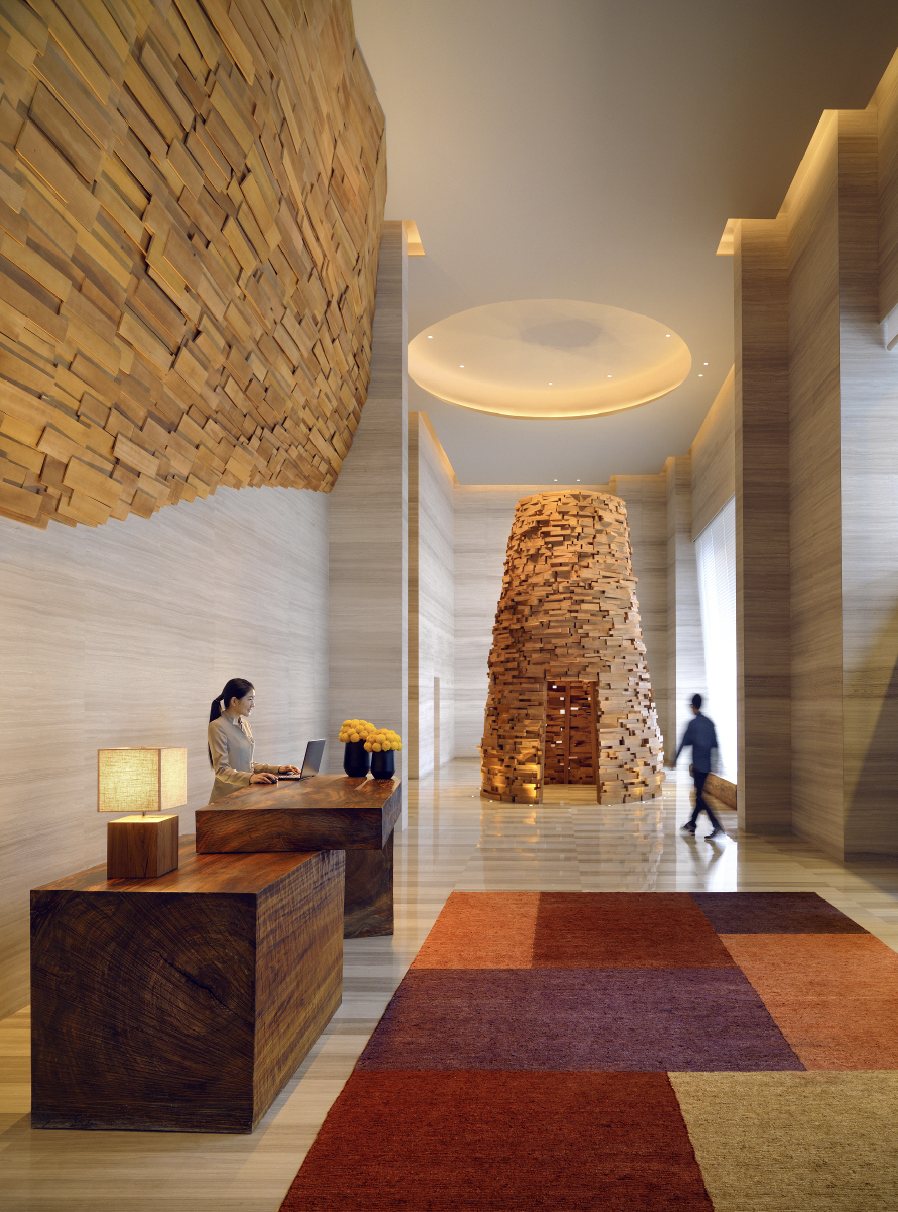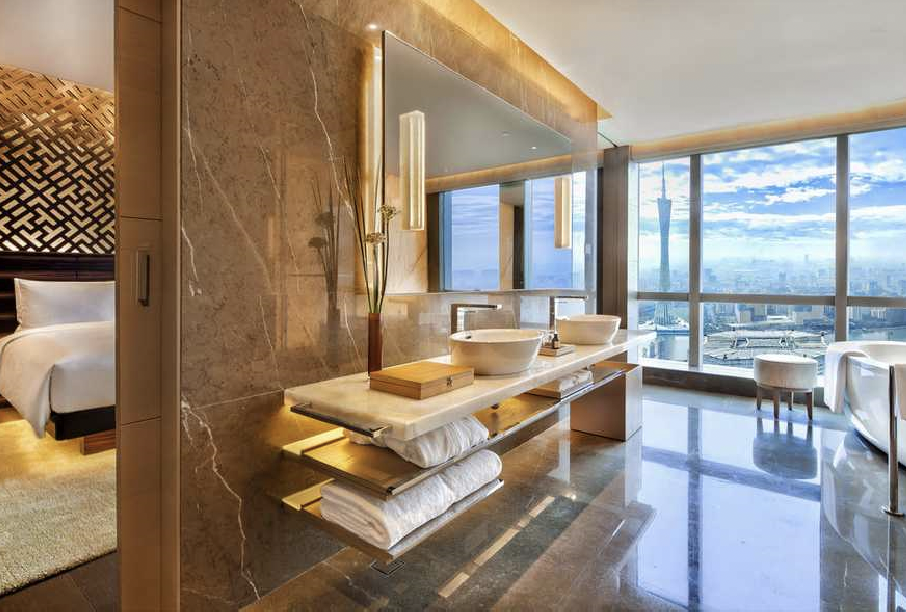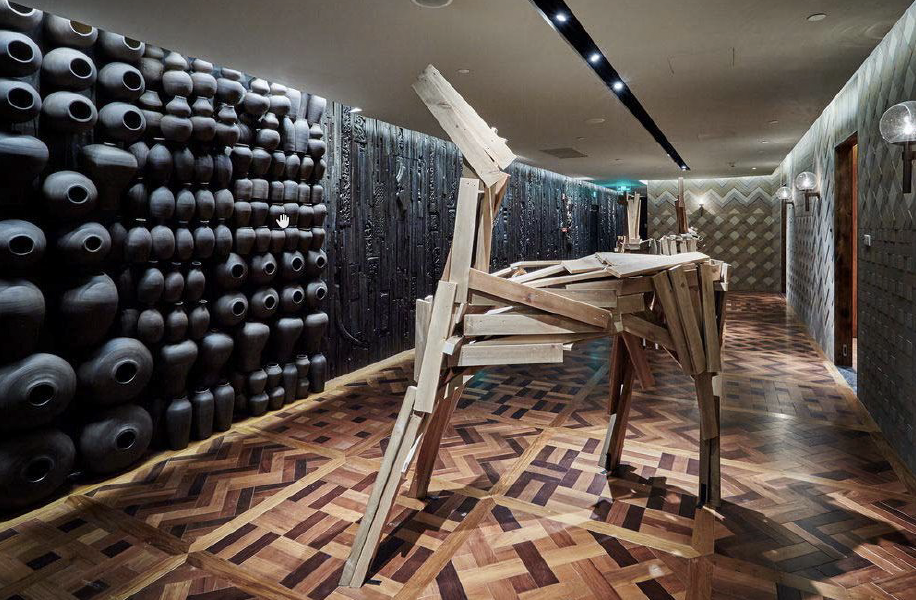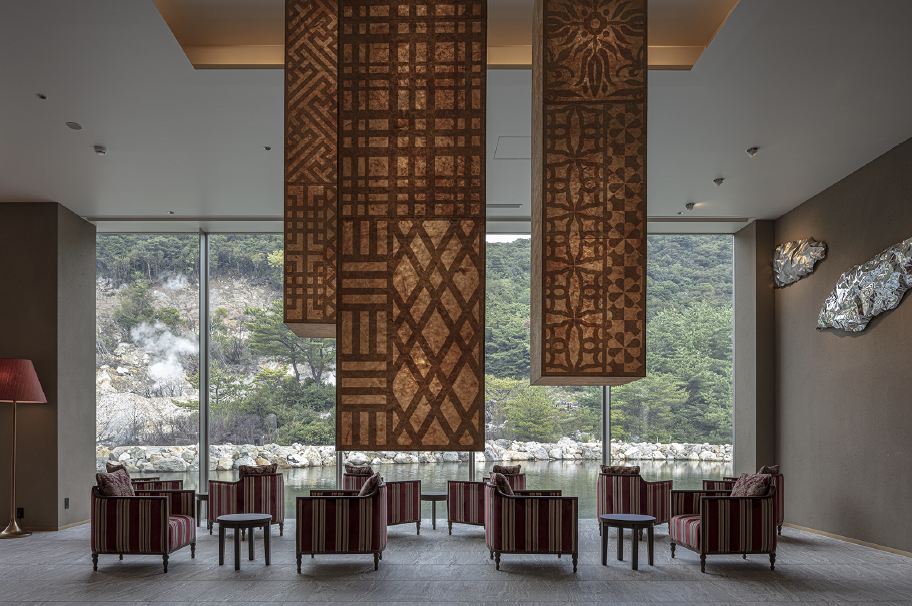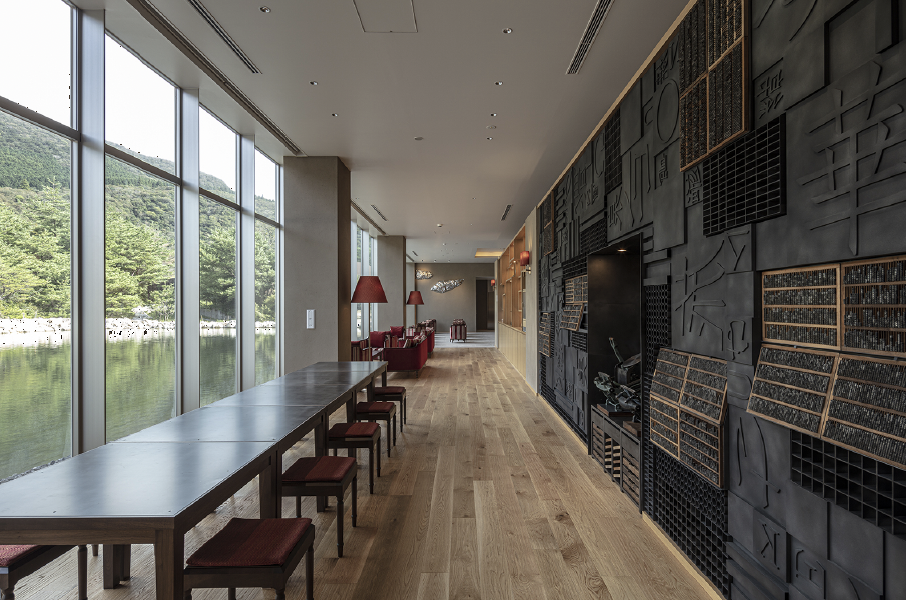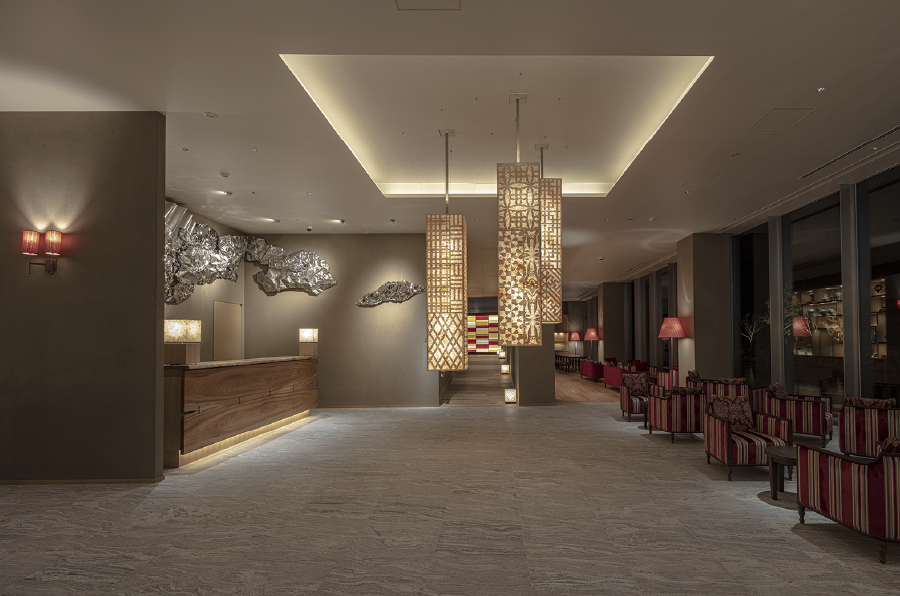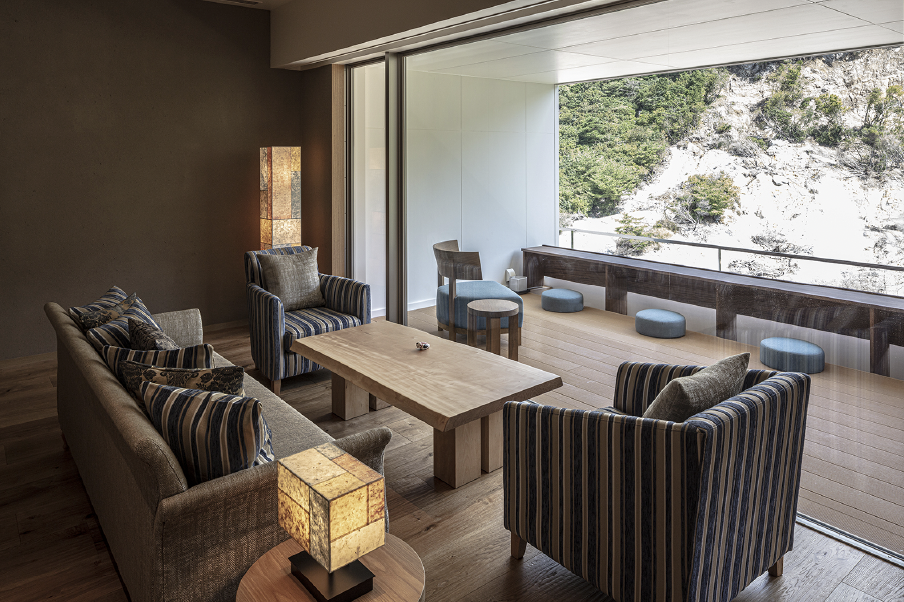Following the departure of Takashi Sugimoto, his wife, Izumi Sugimoto took over as President of Super Potato. Nearly half a century later after Super Potato was founded, Izumi fronts the space design firm. Asia Designers Directory interviews Izumi Sugimoto, to glean insights into her journey with Super Potato and how she ambitions to continue the legacy of the late founder.
You founded Super Potato with Takashi Sugimoto in 1973. Can you tell us about the earlier days of Super Potato and its journey in the past five decades?
Super Potato started in 1973 with a group of young artists who had just graduated from the Tokyo University of the Arts. They were eager to freely exert their talents in their own ways by not belonging to any established construction or design company.
Designs reflect the economy, culture as well as people’s life of the day, and at the same time designs have an impact on them. Our company started out in Tokyo and in its earlier days, designed interiors mostly for privately owned restaurants, bars and shops in Tokyo. Then, Japan was growing very quickly and very receptive to new things – young artists had many opportunities to try and express their new ideas and talents. Super Potato could approach designs quite boldly to make the most of its designers’ talents and ideas.
Eventually, our company expanded its work and undertook larger projects for corporate-owned shops including departmental stores, restaurants, railway stations and golf courses. Super Potato’s designs were seen in various places throughout Japan. During this period, Super Potato participated in founding the Muji Company with Takashi Sugimoto as a board member.
With an increasing number of overseas clients, Super Potato had by then expanded its sphere of work and embarked on designing diverse spaces such as hotels and residential buildings. Naturally, our designs have adapted to the needs of the time while maintaining our principal vision and philosophy.
- Grand Hyatt Tokyo, Tokyo, Japan
- Grand Hyatt Tokyo, Tokyo, Japan
- Grand Hyatt Tokyo, Tokyo, Japan
- Grand Hyatt Tokyo, Tokyo, Japan
- Grand Hyatt Tokyo, Tokyo, Japan
- Grand Hyatt Tokyo, Tokyo, Japan
Please share with us the design approach and philosophy at Super Potato?
The design concept of Super Potato reflects the artistic background of Takashi Sugimoto, the founder of the company, who at university had majored in tankin, a traditional Japanese metal hammering technique for creating artifacts including swords, pans and plates. A piece of metal is transformed into an artistic handiwork simply using human hands. This process is quite different from designing on a drafting board or with a computer.
During our art student days in the 1960s, an art movement called Mono-ha (literally translated as “School of Things”) was trending. Takashi Sugimoto and I were deeply influenced by the movement, which treats material not simply as a raw material to create something with, but as an object whose materiality by itself plays a principal role. It was the days when Minimalism and Arte Povera attracted rising attention in the West.
“Oil Pool” by Noriyuki Haraguchi is a legendary art piece of Mono-ha. It contrasts one large steel container filled with crude oil with the other filled with water, and the abysmal black surface of crude oil has an effect no other liquid could replicate, powerfully demonstrating how different materiality creates a different impression on people.
Super Potato is continually exploring ways it could give others new experiences, while extracting characteristics and attractiveness of a particular material through the concept of materiality, and ways to reflect them in our designs. For us, the material is not simply a fabric. We emphasise on accentuating it qualities and impacting a person’s senses and thinking.
We value an atmosphere created by a specific material when it is set in a space. Therefore, we put particular emphasis on supervising actual work processes on the site after design drawings and the schematic plan are presented to a client.
How have you played a contributing role at Super Potato all these years?
As I have already mentioned, Super Potato puts special emphasis on “material”, but at the same time we constantly seek what can be other bases of our design. They do not necessarily lie in particular places, but we often find them in our ordinary living environment. Design bases can be found not only in materials but also in lifestyles, urban cities, countryside, seas, mountains and the different ways people live overseas. Thus, we collect design sources from a diverse range of things.
Takashi Sugimoto had been constantly on the lookout for new concept sources and I collected and recorded such information to be ready for actual use. I used to suggest which could be used in a particular design and recorded where and how they were actually used in major projects as well as the results or responses.
Can you tell us which project is most memorable for you and what are some of Super Potato’s latest undertakings?
Some of Super Potato’s memorable projects include the Grand Hyatt Hotel in Singapore and the Muji Hotel in Shenzhen, China. One of my favourites would be a bar in Tokyo named “Radio II”, which we designed in our early days. It was our first attempt in collaborating with a particular artist, Isao Wakabayashi – an up-and-coming sculptor in those days. He designed a wooden bar counter for Radio II. Takashi Sugimoto designed the entire interior, which included an arch-shaped ceiling as well as arch-shaped lighting above the counter. The counter, combined with the arch-shaped ceiling and lighting, made the space more visually appealing.
- Muji Hotel Shenzhen, Shenzhen, China
- Muji Hotel Shenzhen, Shenzhen, China
- Muji Hotel Shenzhen, Shenzhen, China
- Bar “Radio”, Tokyo, Japan
Another example of such a collaboration with an artist was the Park Hyatt Hotel in Guangzhou, China. Thanks to the collaboration with Tadashi Kawamata, an internationally-recognised artist, the hotel earned a good reputation with its unique designs not seen elsewhere.
The Club House of Narita Golf Course is another of my favourites. Even though it was built 25 years ago, neither its design nor construction work looks dated even today. On the contrary, the Club House looks even better through the passage of time. As years went by, golf shoe studs left marks on the wooden floor of its restaurant made wood-grain patterns more conspicuous and add unique charm. Our designs do not become obsolete over time, but age well – we do not simply follow the latest design trends.
One of our most recent projects includes the Hotel Hoshino Resort “Kai-Unzen”, in Nagasaki, Japan. It incorporates much light in the interior. In contrast to the beauty of the landscape, we used colourful glass as a central design motif. We had not attempted to use this kind of glass before. Light transmitted through the colourful glass produces an ethereal effect that enhances the space.
- Hotel Park Hyatt Guangzhou, Guangzhou, China
- Hotel Park Hyatt Guangzhou, Guangzhou, China
- Hotel Park Hyatt Guangzhou, Guangzhou, China
- Hotel Park Hyatt Guangzhou, Guangzhou, China
- Hotel Park Hyatt Guangzhou, Guangzhou, China
- Hotel Hoshino Resort “Kai Unzen”, Nagasaki , Japan
- Hotel Hoshino Resort “Kai Unzen”, Nagasaki , Japan
- Hotel Hoshino Resort “Kai Unzen”, Nagasaki , Japan
- Hotel Hoshino Resort “Kai Unzen”, Nagasaki , Japan
- Hotel Hoshino Resort “Kai Unzen”, Nagasaki , Japan
- Hotel Hoshino Resort “Kai Unzen”, Nagasaki , Japan
- Hotel Hoshino Resort “Kai Unzen”, Nagasaki , Japan
- Hotel Hoshino Resort “Kai Unzen”, Nagasaki , Japan
Takashi Sugimoto has left behind a legacy with Super Potato. As the president today, what are your plans and vision for advancing the company amid changing times?
I am determined to maintain the legacy or the core designing principle of Takashi Sugimoto, at the same time utilising new materials which come into being with time. We take into consideration concrete materials, as well as natural substances including light, water and air into our designs, and consider how these substances can be incorporated into our designs.
As we have an increasing number of younger clients and users, I will in the capacity of President of Super Potato, continue to seek new designs by sharing our younger designers’ sensibility and feelings. Super Potato places importance on creating new designs unseen or unfelt before and non-existent elsewhere. Certainly, this reflects the belief of the founder of Super Potato that drafting a design should not be computer-bound.

